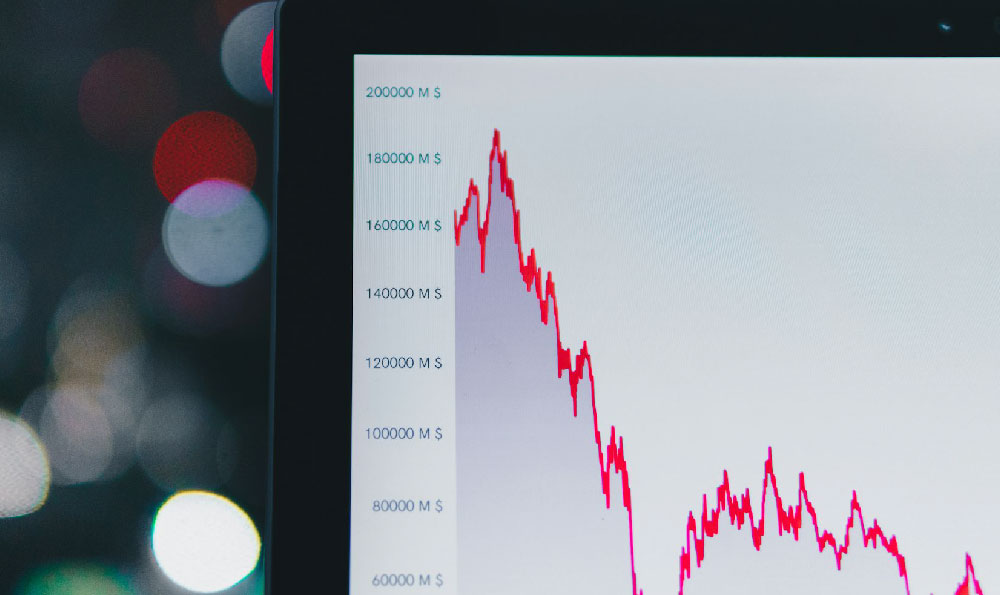Index funds, passively managed investment vehicles designed to mirror the performance of a specific market index such as the S&P 500 or the Nasdaq 100, have gained immense popularity in recent decades. Their appeal lies in their simplicity, low cost, and demonstrated ability to match, or even slightly outperform, actively managed funds over the long term. Understanding how these funds generate returns and the underlying profit mechanisms is crucial for any investor looking to build a well-diversified portfolio.
The primary way index funds generate returns is through capital appreciation. When the underlying assets within the tracked index increase in value, the net asset value (NAV) of the index fund rises proportionally. Imagine an index fund that tracks the S&P 500. This fund essentially holds shares of all 500 companies included in the index, weighted according to their market capitalization. If the collective value of these 500 companies increases due to factors such as improved earnings, economic growth, or increased investor confidence, the S&P 500 index rises, and consequently, the index fund mirroring its performance also experiences a rise in its NAV. This increase in NAV translates directly into a return for the investor who holds shares of the index fund.
Another significant source of returns for index funds is dividend income. Many of the companies included in market indices pay dividends to their shareholders. These dividends are essentially a portion of the company's profits distributed back to investors. When an index fund holds shares of dividend-paying companies, it receives these dividend payments. The fund then has a choice: it can reinvest these dividends back into the fund, purchasing more shares of the underlying companies, or it can distribute the dividend income to its shareholders. Most index funds choose to reinvest dividends, leading to compounding returns over time. This reinvestment strategy allows the fund to purchase more shares, increasing its exposure to the market and further enhancing its potential for future capital appreciation and dividend income. The reinvestment of dividends significantly impacts the overall return of an index fund, particularly over extended investment horizons.

The profit mechanisms of index funds are intrinsically linked to the overall growth and profitability of the companies they hold. The fund doesn't actively select stocks or try to time the market. Instead, it aims to replicate the index, automatically reflecting the changes in its composition. As companies within the index grow and become more profitable, their stock prices tend to increase, contributing to the overall growth of the index and, by extension, the index fund. Similarly, if a company within the index performs poorly, its stock price may decline, negatively affecting the index and the fund's performance. However, the index methodology typically includes a mechanism for rebalancing, where poorly performing companies may be removed from the index and replaced with more successful ones. This rebalancing process helps to maintain the index's overall health and ensures that it continues to reflect the broader market.
The low expense ratios associated with index funds are a key factor contributing to their attractiveness. Because these funds are passively managed, they require fewer analysts, fund managers, and trading activities compared to actively managed funds. This translates into significantly lower operating costs, which are then passed on to investors in the form of lower expense ratios. Lower expense ratios directly enhance investor returns because less of the fund's assets are used to cover operating expenses. Over long investment horizons, the cumulative effect of these small differences in expense ratios can be substantial, potentially leading to significantly higher overall returns for index fund investors.
Beyond the individual performance of the constituent companies, macroeconomic factors also play a vital role in driving the returns of index funds. Economic growth, inflation rates, interest rate policies, and geopolitical events can all have a significant impact on the overall market and, consequently, on the performance of index funds. For instance, a period of strong economic growth can lead to increased corporate earnings and investor confidence, driving up stock prices and benefiting index funds. Conversely, an economic recession or a period of high inflation can negatively impact corporate profits and investor sentiment, potentially leading to a decline in stock prices and affecting the returns of index funds. Understanding the broader economic context is therefore essential for investors to interpret the performance of their index fund investments and to make informed decisions about their overall asset allocation.
Finally, it's important to consider the impact of market volatility on index fund returns. The value of an index fund can fluctuate significantly in response to market events and investor sentiment. While index funds are designed for long-term investing, short-term volatility can be unsettling for some investors. It's crucial to maintain a long-term perspective and to avoid making impulsive decisions based on short-term market fluctuations. Dollar-cost averaging, a strategy of investing a fixed amount of money at regular intervals, can help to mitigate the impact of market volatility by averaging out the purchase price of the index fund shares over time. This strategy can be particularly beneficial for investors who are new to index fund investing or who are concerned about market fluctuations.
In conclusion, index funds generate returns primarily through capital appreciation and dividend income. Their profit mechanisms are directly linked to the growth and profitability of the underlying companies within the tracked index, as well as broader macroeconomic factors. The low expense ratios associated with index funds further enhance investor returns, making them a compelling option for long-term investors seeking to build a well-diversified portfolio and achieve their financial goals. Understanding these return drivers and profit mechanisms is crucial for making informed investment decisions and maximizing the potential for wealth creation.












